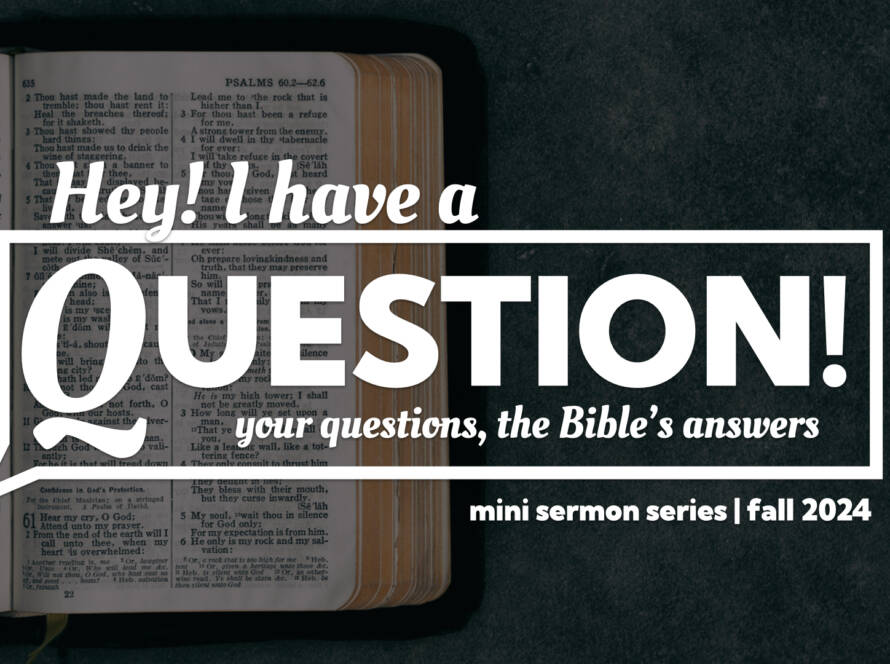As we continue our Journey to the Cross this Lent, we find ourselves at a pivotal moment in the life of Jesus—one that is both intimate and world-changing. It doesn’t happen on a mountain. It doesn’t come through a parable or a miracle. It happens at a meal.
Jesus gathers with His disciples in an upper room to celebrate the Passover, and there, in the breaking of bread and the sharing of a cup, He redefines everything.
“I have earnestly desired to eat this Passover with you before I suffer.” —Luke 22:15
Why Bread?
Of all the symbols Jesus could have chosen to explain the meaning of His coming death, He chose bread. Why?
Because bread is universal. It’s simple. It’s humble. It sustains life. And when Jesus calls it the bread of affliction(drawing from Deuteronomy 16), He ties it directly to Israel’s deliverance from Egypt. The unleavened bread of the Exodus was a reminder of suffering, urgency, and divine rescue.
Jesus takes that memory and fills it with new meaning. Now, the bread is His body—broken not just to deliver from Pharaoh, but from sin and death. The bread is a symbol of sacrifice, of sustenance, of suffering, and of salvation. It’s not just bread anymore. It’s Him.
Why Wine?
The cup, too, is transformed. Jesus says, “This cup is the new covenant in my blood.” But why wine?
Wine, as we explored in the message, is personality-altering. The Holy Spirit, poured out at Pentecost, changes people from the inside out. When believers are filled with the Spirit, their old selves are unrecognizable. As Paul says, “It is no longer I who live, but Christ who lives in me.”
Wine also signals celebration. The prophets promised that when the Messiah comes, the mountains will flow with wine (Zechariah 9:17; Joel 3:18). Jesus points forward to the marriage supper of the Lamb—a joyous feast where sin and death are no more. Every time we take communion, we rehearse that coming celebration.
The Real Presence
As a Wesleyan church, we affirm that communion is more than mere symbolism. It is a sacrament—a mystery in which the real presence of Christ is made known to us. No, we don’t believe the bread and wine physically turn into flesh and blood. But we do believe Jesus is truly present in this moment. He is here, offering grace, calling us to Himself, and inviting us to be transformed.
If Jesus were physically standing in the sanctuary, we’d rush to meet Him. But He is here—at the table, in the bread, in the cup, by the Spirit.
“This is my body… This is my blood… Do this in remembrance of me.”
Come to the Table
The invitation is simple, yet weighty: Come. Come not because you are worthy, but because Christ is. Come not to impress God, but to be transformed by Him. Come to receive what only Jesus can give—mercy, presence, and resurrection life.
Let us, like Jesus, eagerly desire for the world to know this love. Let us not be the kind of church that guards the door, but the kind that opens wide the table and says with joy: “There is room for you here.”
Reflection Questions:
- What does the bread of affliction mean to you in this season of Lent?
- In what ways is the Holy Spirit transforming you into someone new?
- Are you living with the same eagerness Jesus has—to see others come to the table?




